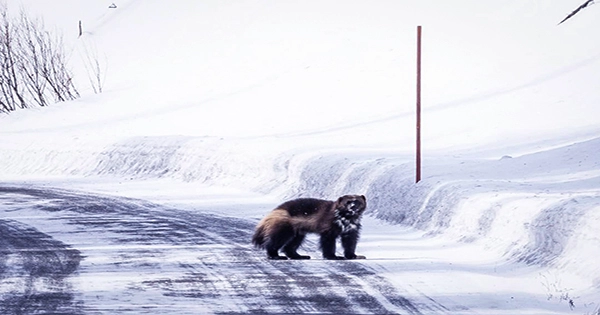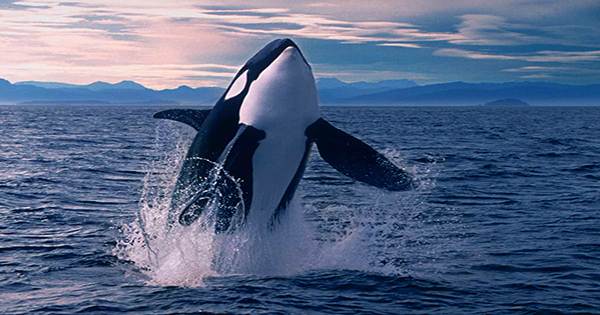The reintroduction of fish that were transplanted from California to New Zealand more than a century ago and are still successful there could be made possible thanks to agreements that a California tribe has signed with state and federal agencies. These efforts are aimed at returning endangered Chinook salmon to their traditional spawning areas upstream of Shasta Dam.
Members of the Winnemem Wintu Tribe have long sought to restore a wild salmon population in the McCloud River north of Redding, where their ancestors once lived. For the first time, the agreements that were signed this week publicly acknowledge the tribe as a partner taking part in efforts to rescue the critically endangered winter-run Chinook salmon.
“We’re very hopeful,” said Caleen Sisk, the tribe’s chief and spiritual leader. “It allows us to have a bigger voice in the process of bringing the salmon back.”
She said state and federal officials “realized that they really have to have us as partners.”
“I think it’ll take everybody’s knowledge to really have them restored,” Sisk said.
She signed the agreements Monday with state and federal fisheries officials at a ceremony next to Shasta Lake, near where the McCloud River flows into the reservoir. Once the signing was finished, members of the Winnemem Wintu and Pomo tribes danced around a fire.
Since 1942, when the construction of Shasta Dam prevented chinook salmon from migrating upstream in the Sacramento River and cut off their spawning grounds, the population of the fish has been in decline.
The endangered winter-run salmon have suffered an increasing toll as a result of the past three years’ harsh drought. The Sacramento River water below Shasta Dam has occasionally warmed to a temperature that is fatal for salmon eggs.
We think that a lot of restoration work can and must be done with the support of the indigenous communities that are there. Having them as a part of all these restoration projects, and having their voice to be part of it, is extremely important for the longevity and the durability of restoration.
Daniel Cordalis
The fish’s spawning season last year was the worst ever observed. Shasta Lake is now 98% filled thanks to recent snowfall and rain, which indicates stronger salmon conditions this year. However, if droughts become more severe due to global warming, the Chinook still face significant dangers.
Scientists have also discovered that thiamine deficiency, which they believe is a result of fish overfeeding on anchovies, which have become overabundant along the coast, is contributing to the decline in California salmon populations.
Chinook salmon are central to the Winnemem Wintu Tribe’s cultural and spiritual traditions. They call salmon Nur.
Their historical homeland, which the tribe lost when the reservoir was flooded, is centrally located along the McCloud River.
The tribe has long pushed for returning salmon using a strategy that would build a “swimway” to allow fish to move upstream and downstream around Shasta Dam.
Additionally, the tribe intends to utilize eggs from Chinook salmon that were imported to New Zealand more than a century ago. Sisk said she and others are convinced that these fish, because they are wild and adapted to swimming up cascading mountain streams, are better suited to the conditions in the McCloud River than other fish raised in hatcheries in California.
State and federal organizations agreed to investigate the prospect of reintroducing Chinook salmon from New Zealand. The agreements also mandate that the viability of creating a fish route that would enable salmon to transit over the dam be examined.
Without that sort of passage, Sisk said, “we know there’s no point in bringing New Zealand salmon back or putting salmon on the McCloud.”
“That’s the only way that those salmon are going to restore their numbers,” she said.
Each run of salmon in the Sacramento River is named for the season it returns from the Pacific, and biologists keep tabs on its populations. The spring-run Chinook is also listed as threatened under the Endangered Species Act, in addition to the endangered winter-run Chinook.
The Chinook that help commercial and recreational fisheries the most are the fall and late fall runs. However, because of the severe decreases in salmon stocks, authorities decided to end the fishing season along the California coast for the second time ever this year.
The California Department of Fish and Wildlife and NOAA Fisheries agreed to include the tribe as a “co-equal” in decisions about efforts to rebuild the salmon population. As their predecessors once did for fisheries expert Livingston Stone, who founded the first Chinook salmon hatchery on the McCloud River in 1872, the tribe has consented to share traditional ecological knowledge.
The state Department of Fish and Wildlife has also provided a $2.3-million grant to support the tribe’s efforts.
Chuck Bonham, the department’s director, said the “co-management” agreement is long overdue.
“We can’t change the wrongs that were done in the past, but we have an obligation in the present to make it better,” Bonham said. “With this agreement we are bringing life back to the McCloud River.”
The tribe’s “co-stewardship” with NOAA Fisheries came about “because we collectively identified both the risk to the remaining population, but also the opportunities that we had to truly pull together and set a new course for restoring salmon,” said Cathy Marcinkevage, the agency’s assistant regional administrator.
In an experimental initiative on the McCloud River last year, tribal members collaborated with state and federal biologists to release thousands of young winter-run salmon that were brought in from a nearby hatchery.
More than 1,600 of the fish had been captured again by mid-December. They were placed in aerated coolers and transported downstream of the dam, where they were released to resume their migration.
State officials have also been testing a system for collecting juvenile salmon in Shasta Lake.
Plans for this year have yet to be decided, but the new agreements “give us more confidence that we can undertake a similar joint effort of moving winter-run to the McCloud again this year,” said Michael Milstein, a spokesperson for NOAA Fisheries.
“The agreements offer an example of how government agencies should work with Native leaders to restore ecosystems,” said Daniel Cordalis, co-principal of Ridges to Riffles, an Indigenous conservation group.
“We think that a lot of restoration work can and must be done with the support of the indigenous communities that are there,” Cordalis said. “Having them as a part of all these restoration projects, and having their voice to be part of it, is extremely important for the longevity and the durability of restoration.”
Sisk said the willingness of government officials to include the tribe represents a big change.
“They’re actually letting us at the table. Before, they wouldn’t even let us on the steering committee,” she said.
Sisk said she hopes to be able to reintroduce fish from the New Zealand population within three years. “We need to think creatively,” she said.
Sisk said she hopes the government biologists will focus on studying how to “keep the fish wild” to help them survive. She said she also hopes that once the salmon are returned to the McCloud River, the tribe’s 126 members may, too, be able to regain a home and thrive along the river.
“We believe that whatever happens to the salmon happens to us,” she said.
















